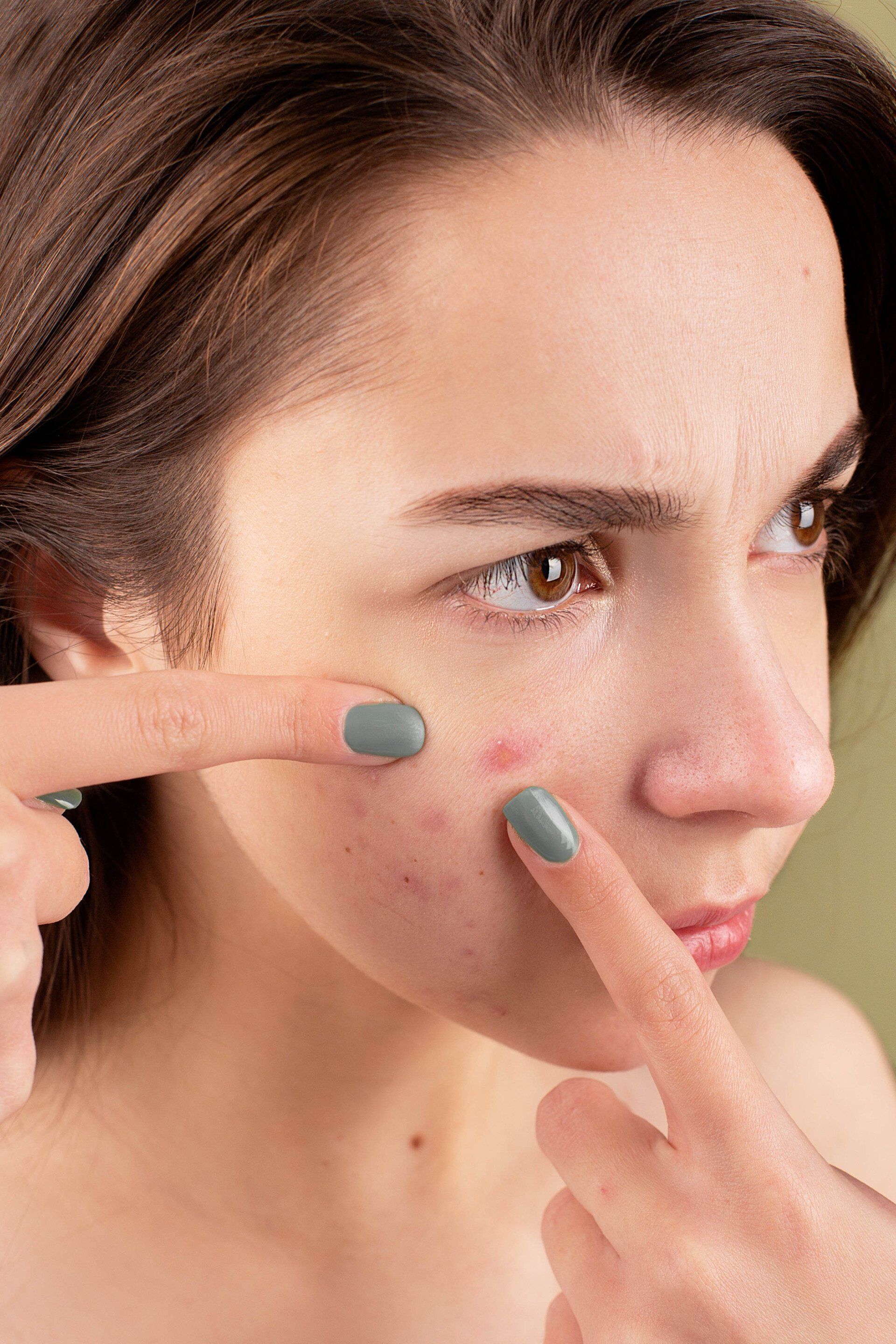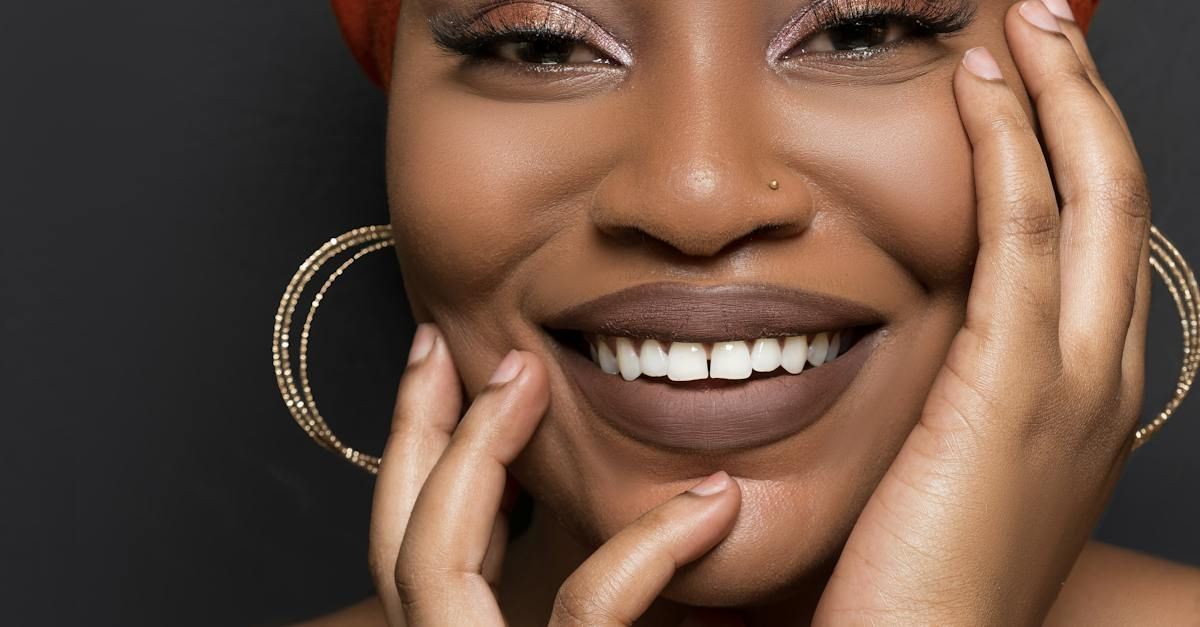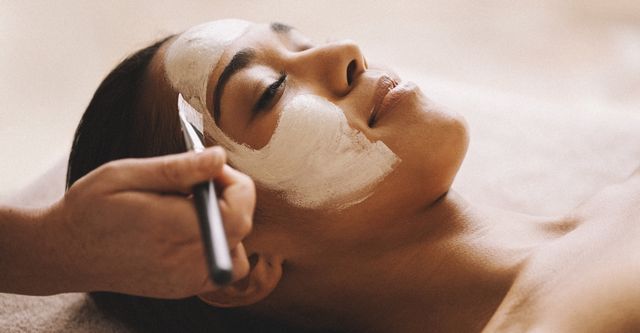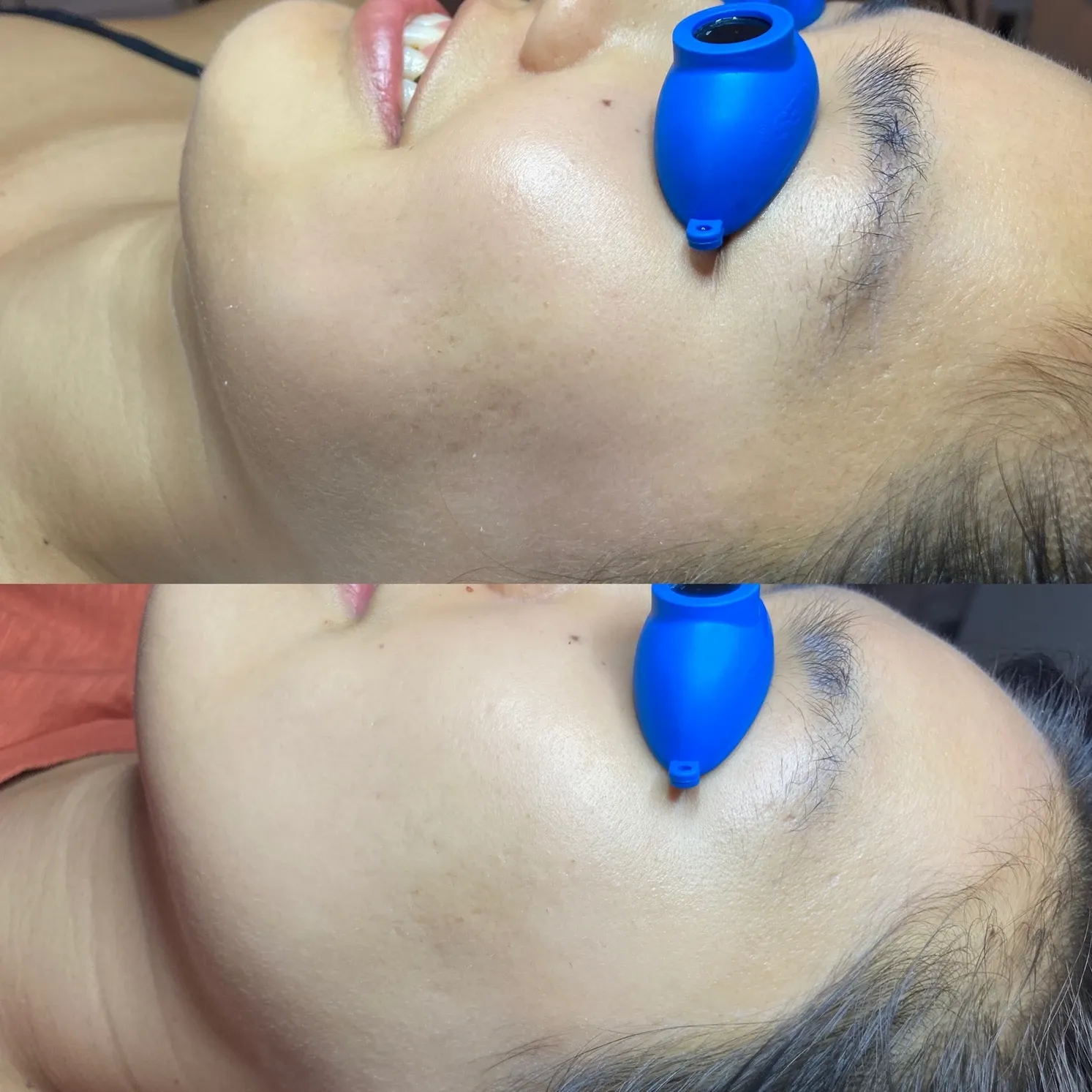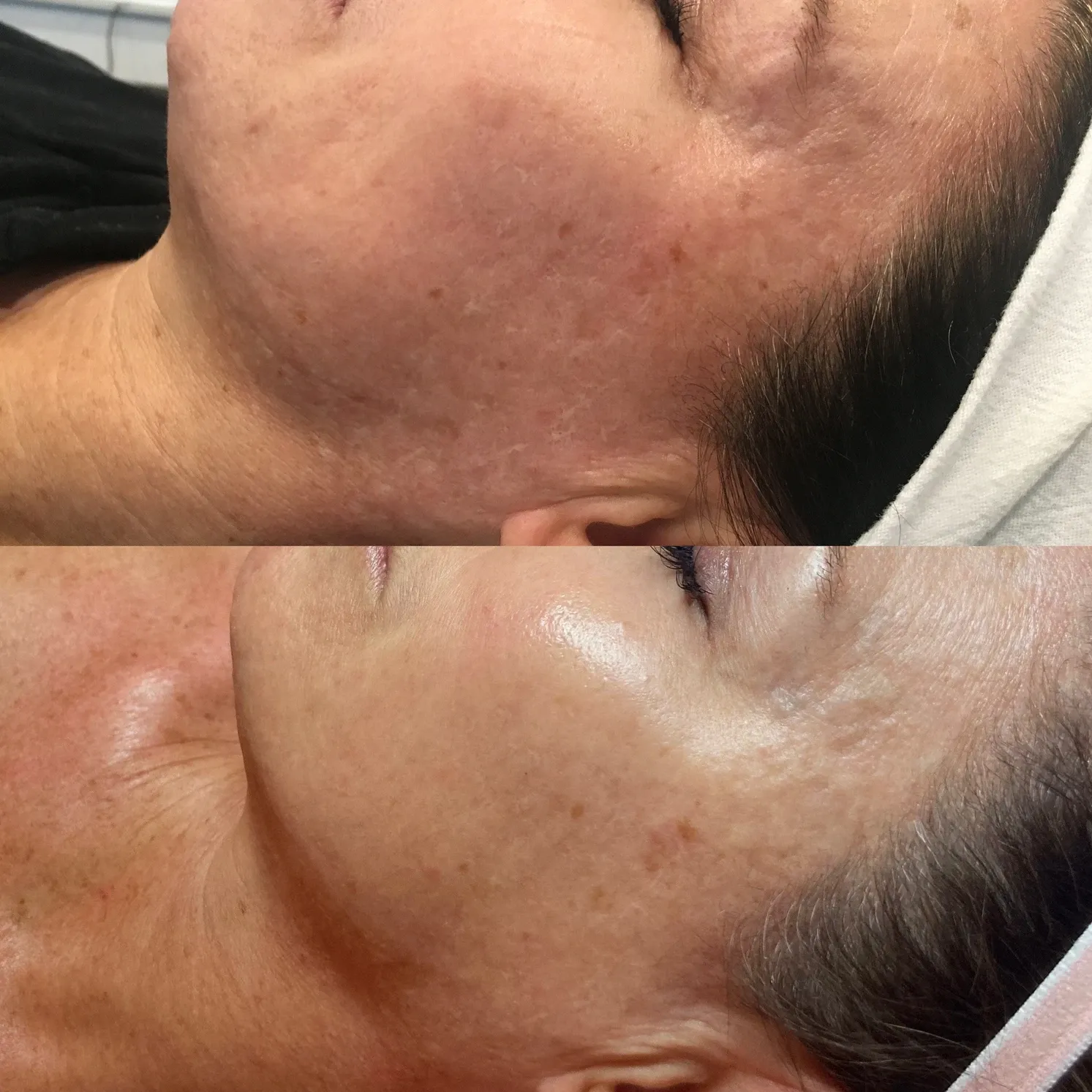Microneedling: What It Is and Why We Love It
Everything you need to know about microneedling: the procedure, results, side effects, and more.
Microneedling is a tried and true procedure with a long history of success. A minimally invasive, generally well-tolerated treatment, it's used to treat a variety of skin concerns by stimulating collagen production and remodeling the tissue. Also known as collagen induction therapy, this treatment creates micro-punctures in the skin using miniature, sterilized needles.
Why do we love microneedling?
It's got a long track record of safety. In use since 1995, it's performed around the world and on all skin types and tones.
It provides RESULTS without severely damaging the skin or using heat, which can trigger hypo/hyperpigmentation and loss of subcutaneous fat. In fact, research has been showing that results can be achieved by targeting just the upper cellular layers of the skin - specifically the keratinocytes - we can stimulate cellular activation, communication, and differentiation (read: healthier, more beautiful skin). So with microneedling, we are able to achieve the results typically only possible with more invasive procedures with less cost, less risk, and less downtime.
Microneedling is effective for almost all skin types and concerns, including:
- reducing the appearance of scars, including acne scars
- reducing the appearance of fine lines and wrinkles
- reducing enlarged pores
- reducing the appearance of hyperpigmentation, or dark spots
- smoothing uneven skin tone
- improving skin elasticity
- reducing the appearance of stretch marks
- promoting hair growth in people with alopecia
Who is microneedling not good for?
While it's appropriate for most skin types and concerns, there are certain instances where microneedling is not indicated, such as:
- active acne or lesions
- extremely couperose skin or those with inflamed rosacea
- in people with a history/tendency of keloid scarring
- are immune compromised or on immunosuppressive therapy
How does microneedling work?
Microneedling is performed on clean, sanitized, and usually numbed skin, making it a generally comfortable procedure. Using a professional device, needles are inserted into the skin creating tiny pinpricks at a targeted depth to create a mild injury, which spurs the skin to create new healthy collagen and elastin. The physical nature of microneedling also helps to break up scar tissue and areas of pigmentation.
Microneedling also creates open channels in the skin through which active ingredients such as vitamins, peptides, and growth factors can be penetrated and activated at deeper depths, further benefiting the repair and regeneration of the skin.
What does the microneedling process look like?:
- We'll start by doing a thorough analysis to ensure you're a good candidate to receive microneedling.
- From there, we'll thoroughly cleanse the skin and prepare it with a numbing cream for the indicated amount of time. The numbing cream is then removed and the skin is again cleansed and sanitized before beginning the procedure.
- Using an electronic device, we'll select the appropriate needle length (anywhere from .25mm to 2mm) based on the area of the face we're treating and the concerns we're addressing. With the numbing cream most people find the treatment to be pretty comfortable! While needling, we'll use a serum targeted to your concerns with growth factors, peptides, and other clinically proven, tested ingredients to promote healing and repair.
- Once the entire area has been treated, we'll boost your skin's ability to heal with a LED light therapy treatment.
- You'll receive a post-care kit with everything you need to care for your skin following the treatment. What you use immediately after and for the week following your treatment is incredibly important in ensuring a well-healed result.
Best when done in a series of treatments, usually either 3 or 6.
What to expect following the microneedling treatment:
The downtime for microneedling is pretty minimal - just 24 hours - another reason we love it! You can expect your skin to be red and sensitive for up to 24 hours following the treatment. From there, you may experience some slight dryness/sensitivity for 2-3 days, and some mild flaking in 3-4 days. And that's it! You'll want to keep your skin hydrated and avoid the use of any actives like retinols or acids - for the first week to 10 days following the procedure. Your skin will continue to generate collagen in response to the procedure for the next 28 days. Focus on supporting healing with a diet rich in healthy fats and nutrients, and avoid sugars and alcohol.
Book your microneedling treatment at our Denver studio here!
